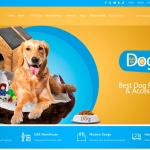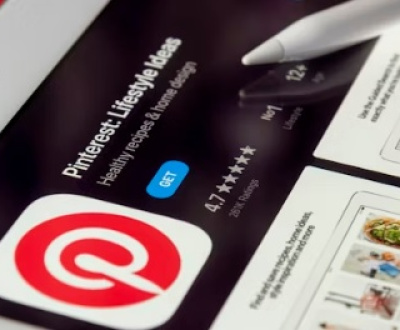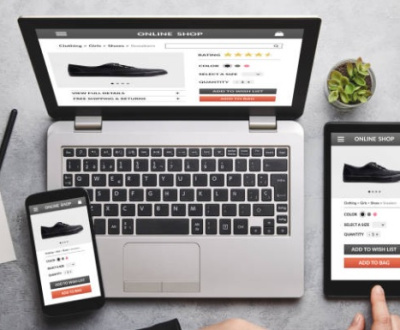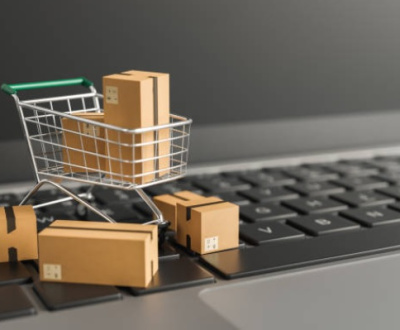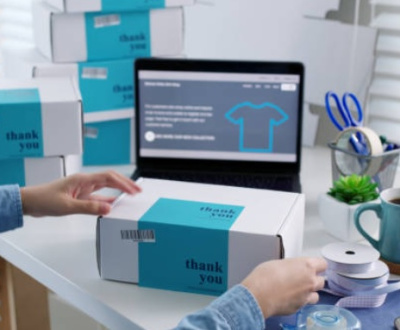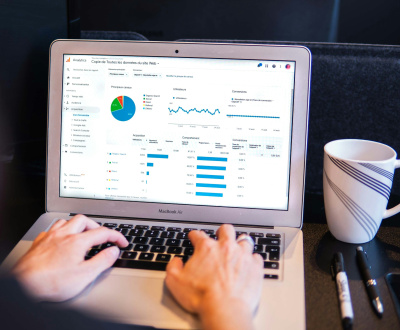
How to Build the Best Dropshipping Store. A Step-by-Step Guide for Beginners. Starting a dropshipping business can seem like a dream come true—no inventory, no shipping hassles, and the freedom to work from anywhere. But, of course, the reality is a little more complex. That's why I'm here to help you get started on the right foot with this step-by-step guide to building the best dropshipping store. Whether you're a complete beginner or just looking for some clarity, I’ve got you covered!
1. Choosing the Right Niche
The first and most crucial step in starting your dropshipping store is picking the right niche. Think of your niche as your store's identity—it's what makes you stand out in the market.
When choosing a niche, there are a few key factors to keep in mind:
- Demand: You want products that people are actively searching for. Tools like Google Trends and keyword research can help you figure out what's hot right now.
- Competition: While you want to choose a niche with demand, you also want to make sure it’s not oversaturated. A little competition is healthy, but if there are thousands of stores already dominating the market, you may struggle to stand out.
- Profitability: Products with higher profit margins will be your best friends. Aim for items you can sell for a decent markup while still remaining competitive with pricing.
For example, if you're passionate about fitness, you might consider dropshipping fitness gear. Or, if you’re a pet lover, niche down into something like unique pet accessories. Picking something you're genuinely interested in will make the whole process much more enjoyable!
2. Finding Reliable Suppliers
Once you've settled on a niche, the next step is finding suppliers who can deliver high-quality products on time. After all, the last thing you want is for customers to be waiting forever for their products to arrive!
Some popular platforms for sourcing dropshipping products are AliExpress, Oberlo, and SaleHoo. These platforms connect you with suppliers around the world, and they’re an excellent starting point for any newbie.
But here’s the key—don’t just pick the first supplier you find. Look for:
- Reliable shipping times: If you're dropshipping from overseas, especially from places like China, you’ll want to check their average delivery times. Fast shipping is a big selling point.
- Product quality: Order a sample to ensure that the product meets your expectations and will look good when your customers receive it.
- Customer reviews: This is an easy way to gauge the quality and reliability of your supplier. High ratings are a good sign, but also read through reviews for any red flags.
3. Setting Up Your Dropshipping Store
Now comes the fun part—building your online store! This is where your creative side can really shine, but don’t get too carried away with design. Your goal is to make it user-friendly and professional.
There are several platforms that make building an online store a breeze. I personally recommend Shopify because of its ease of use and excellent dropshipping integrations. Other options include WooCommerce (if you're familiar with WordPress) or BigCommerce.
When setting up your store, consider the following:
- Professional theme: Choose a theme that suits your niche and brand. Make sure it's mobile-responsive since a large portion of shoppers will browse from their phones.
- Easy navigation: Make it simple for customers to browse through categories, view product details, and check out.
- Secure payment gateways: Offer a variety of payment options like PayPal, Stripe, or credit card payments.
And don’t forget essential pages like:
- About Us: Let customers know who you are and why you started your store.
- Privacy Policy and Terms of Service: These are legally required and help build trust with customers.
4. Pricing Strategy for Dropshipping
One of the most important aspects of your dropshipping store is pricing. You need to balance staying competitive with maintaining profitability.
Here are a few tips for setting your prices:
- Cost + markup pricing: This is the most straightforward method. Add a percentage markup to the cost of each product to ensure you’re making a profit.
- Competitive pricing: Check out other dropshipping stores in your niche and see what they’re charging. You don’t want to price yourself out of the market, but you also don’t want to undervalue your products.
- Offer discounts: Consider offering limited-time promotions or bundle deals to attract customers. Free shipping can be a powerful incentive as well!
5. Marketing Your Dropshipping Store
Once your store is up and running, it’s time to start attracting customers! Without traffic, your store is just a pretty website that no one sees. Fortunately, there are several ways to drive traffic to your dropshipping store.
- Paid Advertising: Platforms like Facebook Ads, Instagram Ads, and Google Ads are great for quickly getting in front of a large audience. You can target specific demographics and interests to make sure your ads are reaching the right people.
- Social Media: Instagram, Pinterest, and TikTok are great platforms for visual products. Post regularly, share engaging content, and don’t be afraid to collaborate with influencers to expand your reach.
- SEO and Content Marketing: Optimize your product pages with relevant keywords and create blog content around your niche to drive organic traffic. Over time, SEO can bring you a steady stream of free visitors.
6. Managing Customer Service and Orders
Great customer service can make all the difference in growing your business. Respond to customer inquiries quickly, and be transparent about shipping times and return policies. Consider using a live chat tool to provide real-time support.
For order management, look into apps that can automate your order fulfillment process. This will save you time and reduce errors in processing orders.
7. Scaling Your Dropshipping Store
Once you’ve got your store running smoothly and generating sales, it’s time to scale. Expand your product range, explore new marketing channels, or even start selling internationally. Don’t forget to use analytics to track what’s working and refine your strategies.
Conclusion
Building the best dropshipping store takes time, but it’s a journey that can be incredibly rewarding. By choosing the right niche, finding reliable suppliers, setting competitive prices, and using effective marketing strategies, you'll be well on your way to creating a successful dropshipping business. Don’t be afraid to take the plunge—just make sure to keep learning, adjusting, and improving along the way!
Ready to get started? Take action today and begin building your dropshipping empire!
How to Create an Efficient Dropshipping Business Plan
Amazon Hikes Multi-Channel Fulfillment Fees, Lowers AWD Costs

